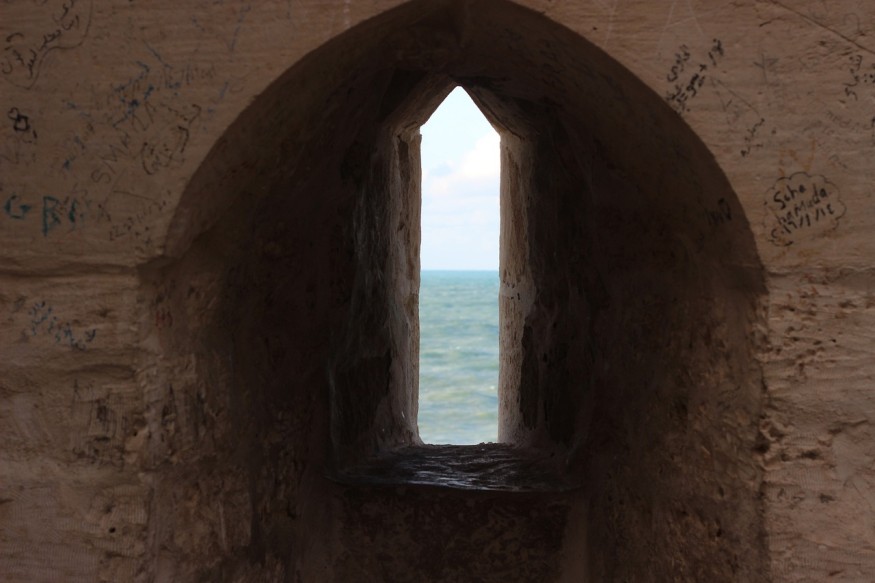
Archaeologists in Israel were able to discover a mysterious vaulted stairway and Canaanite arch that were kept inside a 3,800-year-old mud brick building that was well-preserved.
Mysterious Canaanite Arch
Before this discovery, the team excavated a lengthy corridor that led them to the stairway and arch at the Tel Shimron archaeological site. What blew the archaeologists away was the structures' incredible preservation.
Mario A.S. Martin, the exacavation's co-director and an archaeologist from Austria's University of Innsbruck, described the structures as breathtaking, especially considering how the building consists of mud brick that is unfired. This material can rarely stand the test of time. Martin adds that nobody expected to come across such findings.
The mysterious arch is corbelled, which means that the vault was formed by the offsetting of bricks like those of a staircase that is inverted, rather than the use of stones that are wedge-shaped. The latter are typically used for the construction of true arches.
This "false" arch and the stairway is over 16 feet, or 15 meters, in height. It also consists of roughly 9,000 bricks.
While prehistoric Mesopotamians are known to use bricks for such kinds of corbelled structures, it was never spotted in the southern Levant region from this specific time period.
Not long after the structures' construction, both were backfilled with sediments. However, the exact reason behind the sealing off of the structures remains a mystery. It is also unclear why it was erected by the Canaanites.
Martin explains that the reason why the structure became out-of-use in such a short span is still a mystery. What's clear is that its sealing off was intentionally done and was done not out of imminent danger due to potential collapse.
Nevertheless, the quick backfill is the only reason why the structure remained incredibly preserved even after nearly 4,000 years.
Possible Cultic Function
Archaeologists think that the newly excavated structure could have been used for cultic purposes. Within the passageway and before taking a sharp left turn, the archaeologists found a pottery artifact with seven cups. The artifact, called Nahariya bowl, was used for rituals during the Middle Bronze Age.
Aside from this, there are also other signs that hint cultic traditions in the Tel Shimron acropolis. Earlier excavations of a different mud brick structure in Tel Shimron led to the discovery of 30,000 animal bones that could have served as animal sacrifices.
However, Martin explains that they will only understand the corridor and passageway's full significance once they conduct further excavations.
RELATED ARTICLE : Ancient Inscription of Persian King's Name on Pottery Shard Is Fake, Israel Antiquities Authority Confirms
Check out more news and information on Archaeology in Science Times.










